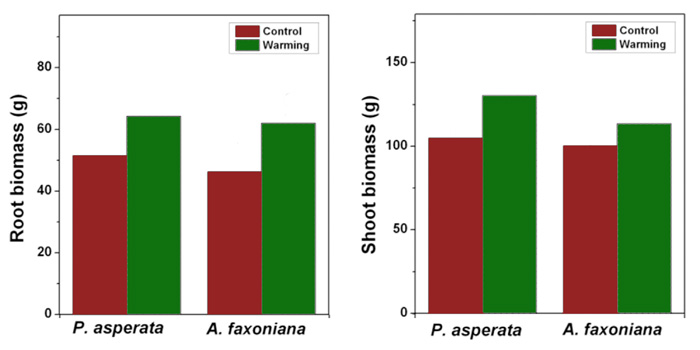| Tweet | Follow @co2science |
Paper Reviewed
Tang, B., Yin, C., Wang, Y., Sun, Y. and Liu, Q. 2016. Positive effects of night warming on physiology of coniferous trees in late growing season: Leaf and root. Acta Oecologica 73: 21-30.
Noting that "little is known about the effect of night warming on trees," Tang et al. (2016) set about to see what they could learn about the subject by exposing four-year-old seedlings of two coniferous species (Picea asperata and Abies faxoniana) to night warming produced by infrared heaters exposed above them throughout an entire year. And what did they learn by so doing?
The five Chinese scientists discovered that (1) "night warming had a positive effect on foliar gas exchange," including phenomena such as "[2] net photosynthesis rate, [3] apparent quantum efficiency, [4] dark respiration rate and [5] maximum quantum efficiency of PSII," together with [6] "nitrate reductase activity of roots," as well as "root morphology such as [7] total root length, [8] surface area, [9] specific root area and [10] specific root length," which "were also stimulated by night warming." As a result, both root and shoot biomass of both tree species were enhanced in the warming treatment (see figure below).
Consequently, and as might have been expected in light of these several positive findings, Tang et al. conclude their paper by stating that their study demonstrates that "night warming would enhance late autumn leaf photosynthetic rate, and increase nitrogen uptake capacity of roots," both of which growth-enhancing phenomena bode well for the biosphere.

Figure 1. The responses of root (left panel) and shoot (right panel) biomass in P. asperata and A. faxoniana to experimental warming. Adapted from Tang et al. (2016).




